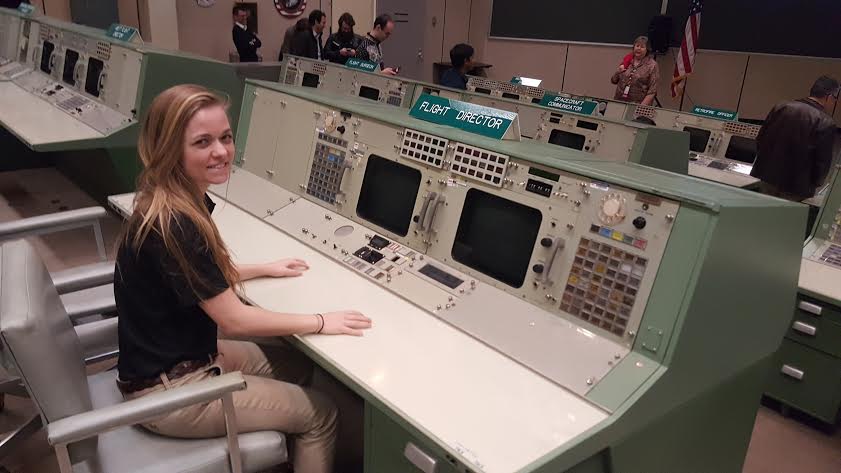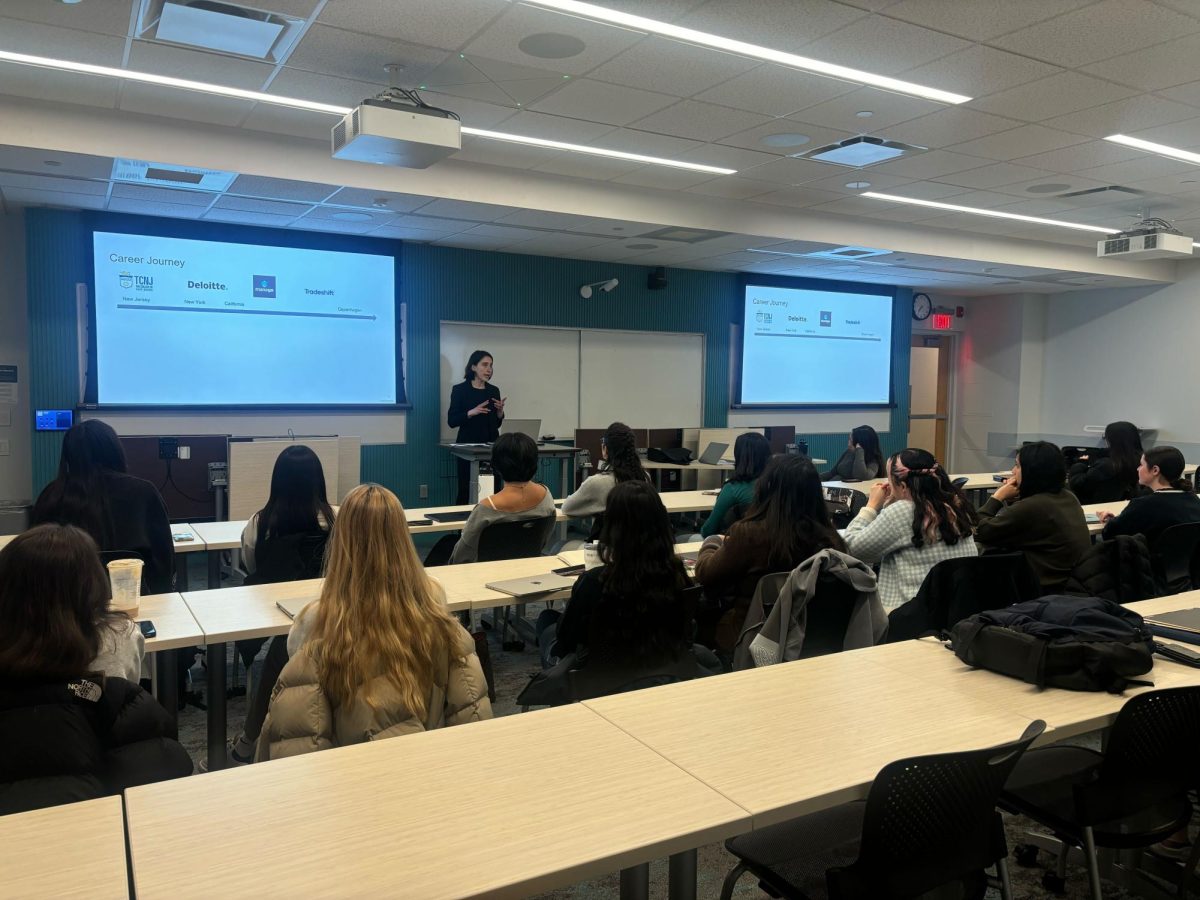By Olivia Arnold, news correspondent
An Android application created by a Northeastern University (NU) doctoral student revolutionizes how blood samples are labeled at health clinics and could help prevent the spread of deadly diseases in developing countries.
Murphy Wonsick, a computer engineering graduate student, developed the app after learning the devastating effects that unreliable labeling of patient samples had during the 2014 Ebola outbreak. The outbreak, which plagued West Africa, killed more than 11,000 people.
“With Ebola, [proper labeling] is especially important,” Wonsick said. “We can’t have […] samples being lost, because [if] just one of those was someone who was infected, they can be potentially spreading that to a lot of people.”
Wonsick’s app prompts clinicians to enter all vital patient information onto their Android tablet or phone. A digital chip encodes the data from the app and physically attaches to the vial that contains a bodily fluid sample from the patient.
This method would replace the current process in Liberia, where doctors write patient information by hand on pieces of paper and tape the paper onto the patient’s vial. That paper is often lost during transportation of a patient’s vial to testing facilities or destroyed during the bleach-involved cleaning process, Wonsick said.
“Once your blood sample is separated from that half-page information sheet, then you have no idea of tracking who that sample belongs to,” said Taskin Padir, an NU associate professor of computer and electrical engineering and the faculty advisor for the research. “We write that critical information onto the [digital chip] so it becomes part of the vial, and that way it is inseparable.”
Wonsick and Padir estimated around 20 percent of samples in Liberian testing facilities were unusable due to labeling issues.
“We do believe we can get that 20 percent loss rate down to 5 percent or even less,” Padir said.
Problems often arise in developing countries because collection facilities, where blood or bodily fluid samples are taken, and testing facilities, where the patient samples are tested for diseases, are typically far apart and take hours or even days to travel between. Using Wonsick’s app, the digital tag of a vial that arrives at a testing facility would be scanned by an Android tablet, and then would display the patient’s information on the screen and the information would be entered into a Google spreadsheet, Wonsick said.
“That way, once testing is done, [doctors] can go to that spreadsheet, fill out that initial information over whether the sample was positive for whatever disease they were testing for and then that can be sent to the appropriate databases,” Wonsick said.
The spreadsheet would then be accessible from the original collection facility, so the doctors there could inform the patient of their test results and immediately begin treatment if necessary.
“[The spreadsheet] is accessible both from the lab, as well as from the clinic who took the blood,” Padir said. “That way, data sharing becomes easier, data security becomes possible.”
The research for the app began in summer 2015, when the team received a grant for $200,000 from the National Science Foundation. The grant, however, also had to cover multiple other research projects on Ebola focused on developing new technologies, Padir said.
“Murphy wrote all the code for this app,” Padir said. “This app was basically developed by Murphy on her own time, and we just supported the incidental, the material costs.”
As for the costs for the developing countries, each digital tag costs less than a dollar and the Android tablet costs less than $100, Padir said.
“We really paid attention to keep this low-cost,” Padir said. “We think that this is affordable, and there are a lot of nonprofits working with the governments to bring in those technology solutions.”
The application is now complete and ready for testing trials in Liberia, Wonsick said.
“Ebola is such a horrible disease to have it just spread like wildfire,” Wonsick said. “[The app] could potentially stop that, or at least aid in the stopping of that.”
Photo courtesy Murphy Wonsick









